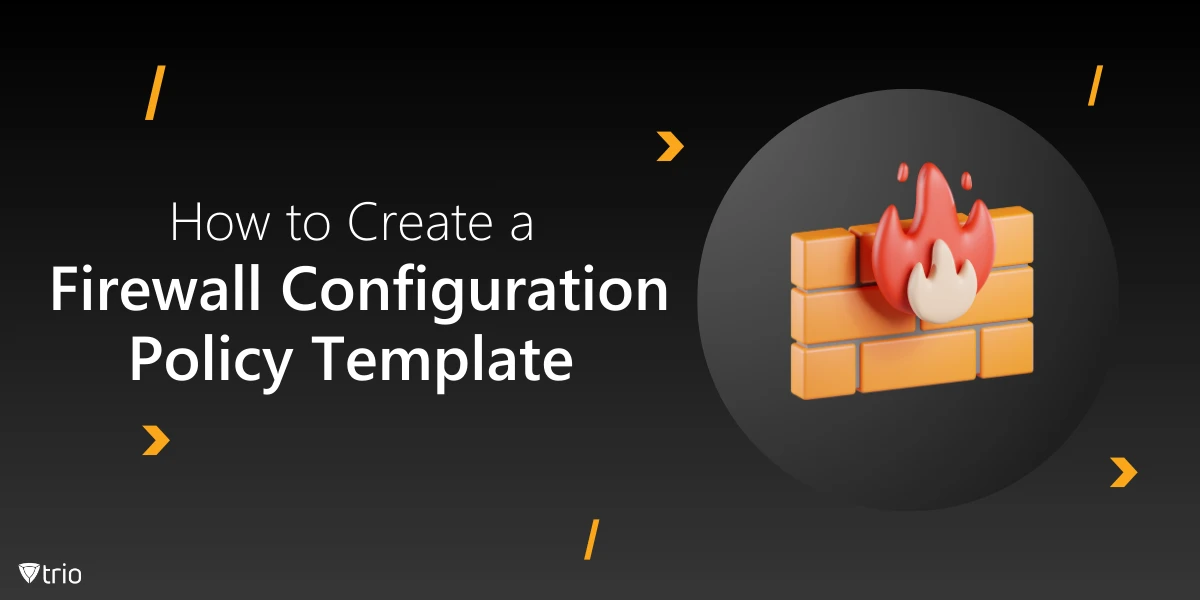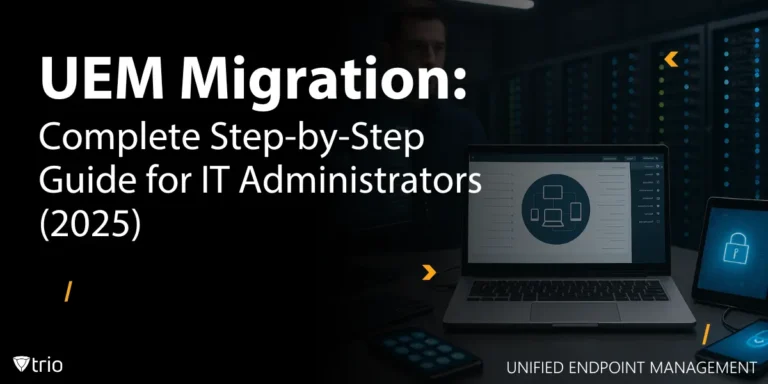In an age where cyber threats are increasingly sophisticated, the role of firewalls in protecting an organization's network cannot be overstated. Firewalls are the first line of defense, controlling the flow of traffic into and out of your network. However, to be truly effective, firewalls must be properly configured and managed according to a well-defined policy. This blog post will guide you through the process of creating a comprehensive Firewall Configuration Policy Template, covering all key aspects such as deployment, rule configuration, access control, logging, monitoring, and incident response.
The Importance of Setting Up a Firewall Policy
A Firewall Configuration Policy serves as a blueprint for managing firewalls across your organization’s network. It ensures that firewalls are deployed and configured securely, access to them is tightly controlled, and any suspicious activity is promptly detected and addressed. Without such a policy, your organization may face increased risks of unauthorized access, data breaches, and non-compliance with regulations.
Organizations are increasingly using firewalls for network security. According to a report by MarketsandMarkets, the global network security firewall market size is expected to grow to USD 10.5 billion by 2025.
What Matters When Creating a Firewall Configuration Policy?
Here are some sections your firewall configuration policy could use.
-
Purpose and Scope
The policy should start by clearly defining its purpose—protecting the organization’s network through secure firewall configurations—and the scope, which includes all firewalls deployed within the organization, whether they are on-premises, in the cloud, or at remote locations.
-
Firewall Deployment
This section should outline the strategy for deploying firewalls within the network. It should cover aspects such as network segmentation, redundancy for high availability, and the types of firewalls (e.g., perimeter, internal, cloud-based) that are used. Proper deployment ensures that firewalls are positioned to provide maximum protection without disrupting business operations.
-
Rule Configuration
Firewall rules are the core of any firewall's functionality. This section should detail the default deny policy, the process for creating and managing rules, and the importance of least privilege. Rules should be regularly reviewed and updated to reflect the organization’s current security posture and business needs.
-
Access Control
Access to the firewall configuration interface should be restricted to authorized personnel only. This section should cover user authentication, role-based access control (RBAC), logging of access attempts, and securing remote access to the firewall. Strong access controls are critical to preventing unauthorized changes to firewall settings.

-
Logging and Monitoring
Effective logging and monitoring are essential for detecting and responding to security incidents. This section should outline the requirements for traffic logging, real-time monitoring, and setting up alerts for critical events. Regular log reviews and the use of automated tools can help in identifying and addressing potential threats before they escalate.
-
Incident Response
Even with the best-configured firewalls, incidents can still occur. This section should detail how to detect, respond to, and investigate firewall-related incidents. It should include procedures for incident handling, communication plans, and post-incident reviews to ensure that lessons learned are incorporated into future firewall configurations.
-
Compliance and Auditing
Compliance with industry regulations and standards is a key consideration in firewall management. This section should cover the organization’s obligations under relevant regulations (e.g., PCI-DSS, HIPAA, GDPR) and the importance of maintaining an audit trail. Regular audits, both internal and external, are crucial for ensuring ongoing compliance.
-
Review and Update
Technology and threats are always evolving, so it’s important to regularly review and update your Firewall Configuration Policy. This section should specify the frequency of reviews, the responsibilities for making updates, and the process for gaining approval from relevant stakeholders.
Download Firewall Configuration Policy Template
A well-crafted Firewall Configuration Policy is a cornerstone of any robust network security strategy. By defining clear guidelines for how to configure firewall settings, firewall deployment, rule management, access control, and incident response, you can significantly reduce the risk of unauthorized access and data breaches. Implementing this policy template will help your organization maintain a strong security posture, comply with regulatory requirements, and be prepared to respond effectively to any security incidents that arise. Download our ready-made firewall configuration policy template to get your organization started.
Ready to take the next step in securing your network using a Mobile Device Management (MDM) solution? Trio's comprehensive security solutions can help you manage your firewalls and other critical infrastructure with ease. Try Trio’s free demo today and strengthen your network defenses!
Get Ahead of the Curve
Every organization today needs a solution to automate time-consuming tasks and strengthen security.
Without the right tools, manual processes drain resources and leave gaps in protection. Trio MDM is designed to solve this problem, automating key tasks, boosting security, and ensuring compliance with ease.
Don't let inefficiencies hold you back. Learn how Trio MDM can revolutionize your IT operations or request a free trial today!





